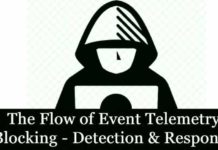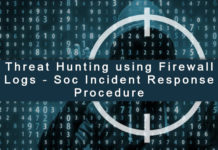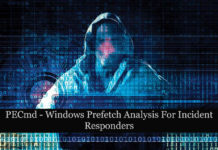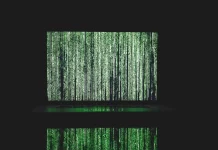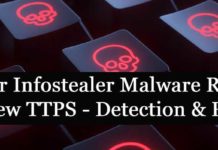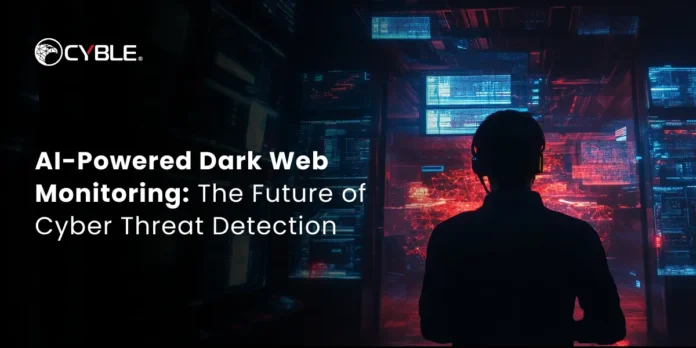The dark web is a vast, hidden section of the internet where cybercriminals thrive, engaging in illicit activities such as data breaches, identity theft, and financial fraud. Unlike the surface web, which is indexed by search engines, the dark web remains unregulated and hidden, making it a breeding ground for cyber threats. As cybercrime tactics become more advanced, traditional security measures alone are no longer sufficient. Organizations must adopt unconventional technologies to anticipate and neutralize threats before they escalate.
This is where AI-powered dark web monitoring plays a crucial role. By leveraging machine learning in cyber threat detection, cybersecurity firms can scan dark web forums, encrypted chat groups, and illicit marketplaces to identify potential threats before they materialize into full-scale cyberattacks. These AI-driven tools analyze vast amounts of data in real time, detecting patterns and anomalies that would be impossible for human analysts to identify manually. The integration of dark web threat intelligence using AI enables organizations to receive timely alerts and actionable insights, allowing them to strengthen their security posture and mitigate risks effectively.
In this article, we explore the role of automated dark web monitoring solutions, examining how AI detects cyber threats on the dark web, enhances security strategies, and shapes the future of cyber threat intelligence.
The Role of AI in Dark Web Monitoring
AI has transformed the way cybersecurity experts monitor the dark web. Traditional monitoring methods required manual intervention and were time-consuming. Today, automated dark web monitoring solutions scan and analyze massive amounts of data in real-time. AI plays a key role by:
- Automating searches on dark web forums, marketplaces, and encrypted chat groups.
- Identifying patterns in cybercriminal behavior.
- Detecting threats early by analyzing textual, image, and transactional data.
- Reducing false positives by differentiating between legitimate and malicious activity.
How Machine Learning Enhances Cyber Threat Detection
Machine learning in cyber threat detection enhances AI-powered monitoring by continuously improving its ability to identify emerging threats. ML models are trained using historical and real-time data, enabling them to:
- Recognize new attack patterns based on past incidents.
- Detect anomalies that indicate potential cyber threats.
- Prioritize threats based on risk levels and relevance.
- Adapt to evolving cybercrime tactics and strategies.
For example, ML algorithms can analyze dark web transactions to detect suspicious financial activities, such as money laundering or the sale of stolen credit card details.
How AI Detects Cyber Threats on the Dark Web
Cybercriminals use encrypted platforms and hidden marketplaces, making manual tracking nearly impossible. AI solves this challenge by:
- Data scraping: AI-powered tools collect data from dark web forums, hidden websites, and chat applications.
- Natural Language Processing (NLP): AI understands and interprets conversations in different languages, detecting keywords related to cyber threats.
- Image recognition: Some AI tools analyze images and videos to identify stolen credentials, counterfeit documents, or hacking tools.
- Sentiment analysis: AI assesses discussions to determine whether a cyber threat is being planned or executed.
Key Dark Web Monitoring Products and Platforms
Several cybersecurity firms offer dark web monitoring products that integrate AI and machine learning (ML) to help organizations detect and mitigate cyber threats. Among them, Cyble’s Dark Web & Deep Web Monitoring tool stands out for its ability to analyze vast amounts of hidden web data in real-time.
Using machine learning and natural language processing (NLP), Cyble scans dark web forums, encrypted chat groups, and underground marketplaces to identify potential security risks.
By establishing connections between dark web sites and other threat sources, Cyble provides actionable intelligence that enables organizations to recognize, assess, and respond to cyber threats swiftly. Its AI-driven approach enhances threat detection capabilities, allowing security teams to stay ahead of emerging risks and safeguard sensitive data more effectively.
With automated insights and continuous monitoring, Cyble’s solution plays a crucial role in helping organizations strengthen their cybersecurity posture against evolving dark web threats.Top of Form
Bottom of Form
The Importance of Threat Intelligence Platforms
Threat Intelligence Platforms (TIPs) aggregate and analyze data from multiple sources, including the dark web. AI enhances these platforms by:
- Automating threat correlation: AI connects different threat indicators to create a comprehensive security picture.
- Enhancing predictive analytics: AI forecasts potential attacks based on past and real-time data.
- Facilitating faster response: AI-powered TIPs enable security teams to act quickly against threats.
Organizations rely on TIPs to strengthen their cybersecurity posture and protect sensitive data from exposure.
The Future of AI in Dark Web Monitoring
As cyber threats continue to evolve, AI-powered dark web monitoring will become even more mature. Future advancements may include:
- AI-driven deception techniques: Creating fake identities and digital assets to attract and track cybercriminals.
- Advanced behavioral analytics: Understanding cybercriminal motives and predicting future attacks.
- Integration with blockchain technology: Enhancing security and trust in threat intelligence data.
With AI and ML at the forefront, dark web monitoring companies will play a crucial role in protecting businesses and individuals from cyber threats.
To Sum Up
The battle against cyber threats on the dark web is no longer a game of catch-up—it’s a race powered by AI and machine learning. These technologies have transformed dark web monitoring from a slow, manual process into an intelligent, real-time operation, uncovering hidden risks before they escalate into full-blown attacks.
With AI-driven tools continuously scanning underground forums and encrypted networks, organizations can shift from reactive defense to proactive threat hunting. Investing in advanced dark web monitoring solutions isn’t just about protecting data—it’s about staying one step ahead of cybercriminals who are constantly evolving their tactics.
As AI technology grows more superior, the future of cybersecurity is set to become faster, smarter, and more resilient. The dark web may remain a hub for illicit activities, but with AI on the frontline, security teams are better equipped than ever to navigate its depths and neutralize threats before they surface.




